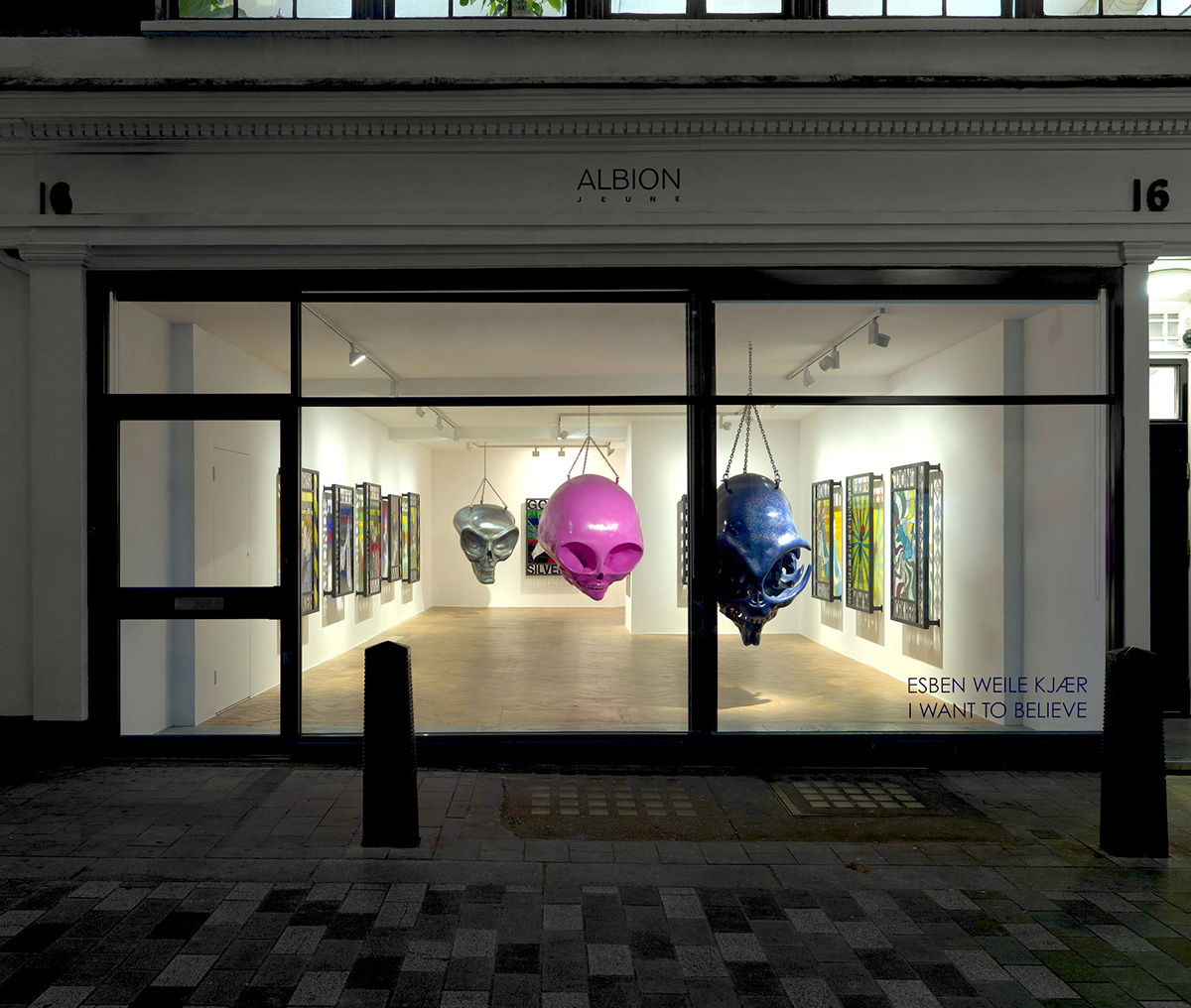
The exterior of Albion Jeune gallery with installations from I Want to Believe by Esben Weile Kjær
Lucca Hue-Williams has opened Fitzrovia’s newest gallery, Albion Jeune. Here, LUX speaks to the founder and the inaugural exhibitng artist, Esben Weile Kjær about the opening of the gallery and the messaging behind the solo show
LUX: What inspired you to found your own gallery?
Lucca Hue-Williams: Ever since I was little, It has been an abstract dream of mine to work with artists and curators in a meaningful way. I think it has been a question of when, and not how. There have been many influential people in my life who have given me the confidence to take the steps to be where I am now, and I am incredibly grateful to them.
LUX: What were the biggest challenges you faced setting up Albion Jeune?
LHW: I wouldn’t start with drawbacks or challenges, of which of course there are some, but I see Albion Jeuene as an opportunity to work with artists and curators who I believe to be influential and important.

Lucca Hue-Williams, Founder and Director of Albion Jeune
LUX: Why is Esben Weile Kjær the right artist for your gallery’s first exhibition?
LHW: Esben was the perfect artist to inaugurate the gallery due to the particularly electric performative qualities of his work. Esben also speaks to our generation in a way that makes the audience contemplate what their own construction of selfhood might be. We connected over discourse surrounding notions of the iconic image in media, the civil contract of photography, and themes surrounding liquid surveillance.
After the show closes, the space will be redesigned by an exciting architect. However, this won’t be made public until after Esben’s exhibition. We envisioned a raw and more brutal-appearing space in the first instance, and I don’t want to detract from the show. We will disclose the full programme for 2024 when we announce the architect in a few months time.

Esben Weile Kjær Installation view, I Want to Believe at Albion Jeune, London, 2023. Image courtesy the artist and Albion Jeune. Photographed by Todd-White
LUX: You’ve spoken about the gallery’s commitment to a ‘truly global art world’. How does Albion Jeune plan to showcase a truly global perspective?
LHW: In my preparations to launching Albion Jeune, I have worked in Beijing, where I was at UCCA and then in Saudi Arabia, where I supported the curatorial team for Diriyah Biennale Foundation. I look forward to working with artists from many parts of the world, who will present work that showcases many different perspectives and themes.
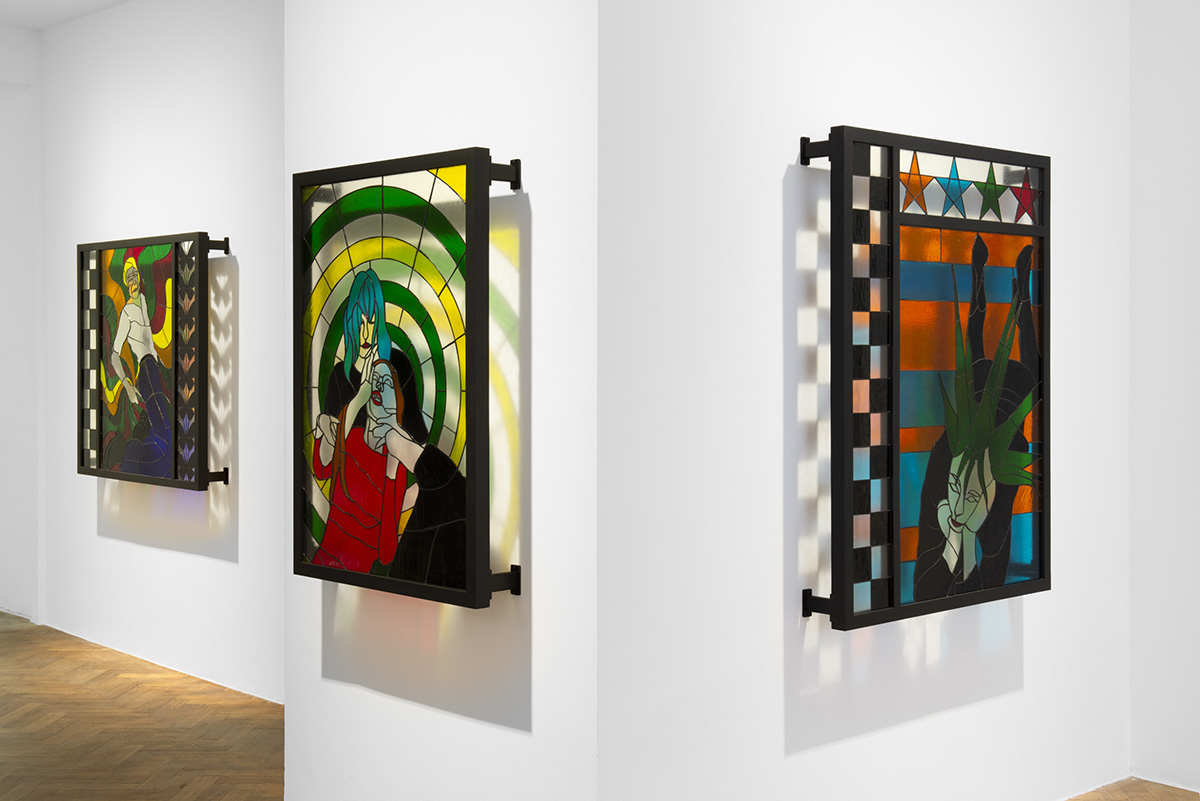
Albion Jeune opened in October 2023 and I Want to Believe by Esben Weile Kjær is the gallery’s first show
LUX: If you could choose one artist from any point in history to exhibit at Albion Jeune, who would they be?
LHW: Tehching Hsieh. It would be exciting to persuade him to make a new performance work in addition to the five ‘One Year Performances’.

Esben Weile Kjær, Under the Rainbow, 2023
LUX: What are you most looking forward to in Esben Weile Kjær’s upcoming exhibition, ‘I Want to Believe’?
LHW: Esben and I have worked together closely on this show for quite some time. As this is both Albion Jeune’s inaugural exhibition as well as Esben’s debut in London, I am looking forward to seeing how the show is received by it’s audience.

I Want to Believe is the first of a three part series by Esben Weile Kjær bringing together performance and traditional art
LUX: How would you describe the messaging and themes behind your upcoming exhibition at Albion Jeune?
Esben Weile Kjær: I make art because it’s one of the only places where you remain ambivalent. I never come with one message I always try to come up with a reflection. Through my art I try to understand the world around me. The exhibition shows how I work. You have the echo from previous performances showed as posters/propaganda in stained-glass suggesting to be part of potential architecture. Then you have the big alien skull wrecking balls pointing forward to the performance. The performance is the first act in a three act performance project continuing through 2024. The performance is a love story between humans, aliens and the youngsters wanting to identify as aliens to feel free from biology and gravity.

Artist Esben Weile Kjær
LUX: Your show, “I Want to Believe’, focuses on the relationship between art, identity and commercialisation. Do you think nowadays, technology and social media has made it easier or more difficult to show one’s true identity?
EWK: In many ways easier, yes, but also much more complicated because everything gets so commodified on social media. I’m not sure I know what true identity is but it sounds cool though. I hope the performance will look like fashion kids finding liberation in anything else than what’s real.
Esben Weile Kjær’s solo show will be on at Albion Jeune gallery until 19th November.



















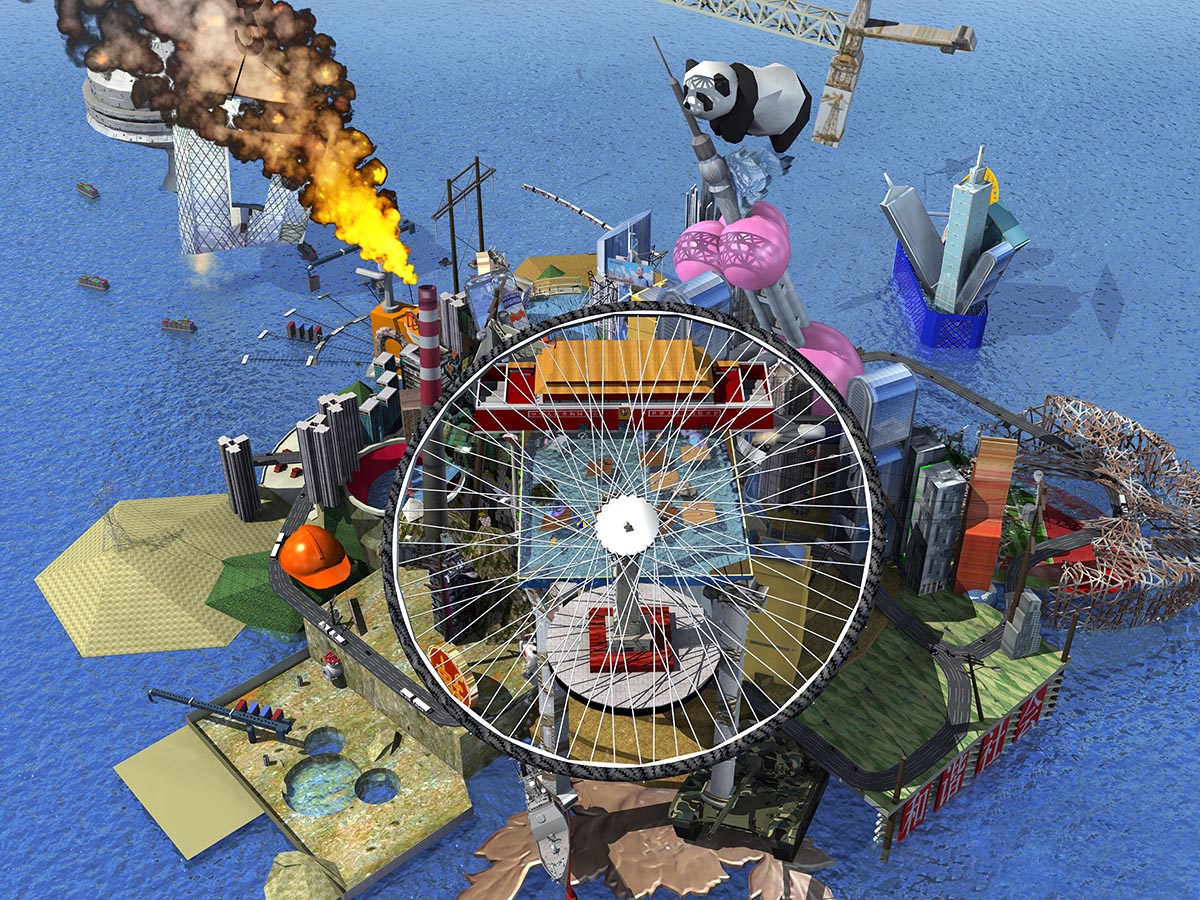





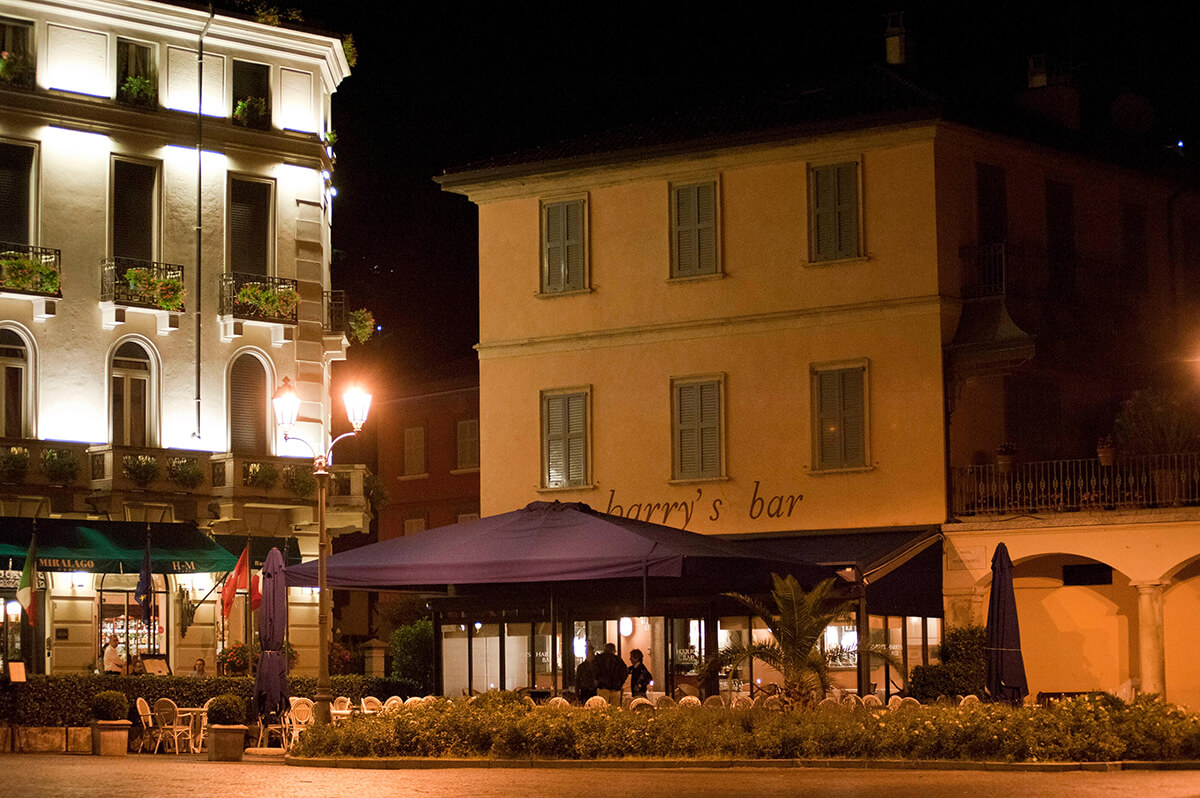



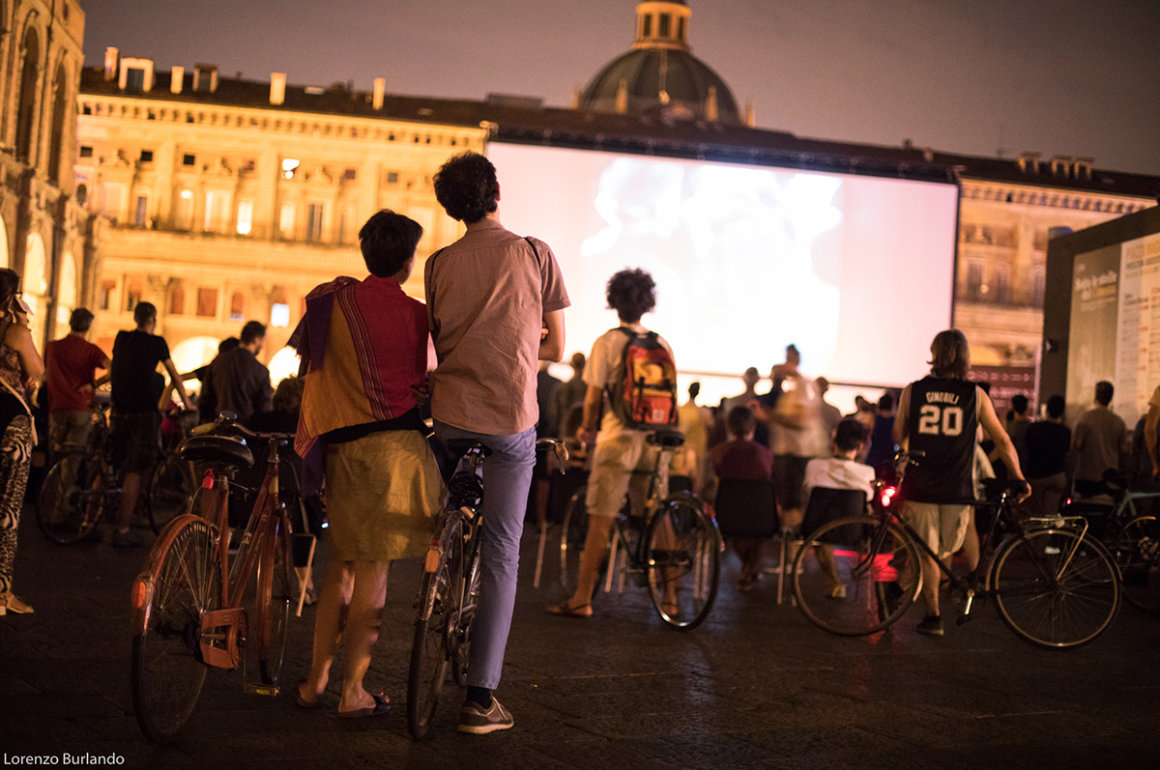









Recent Comments